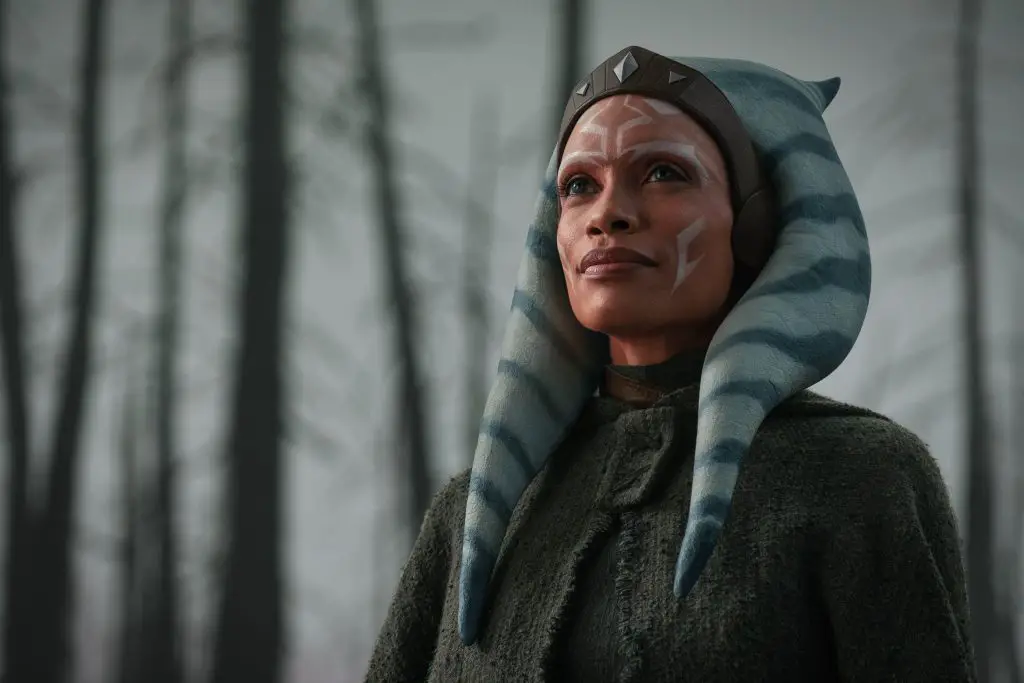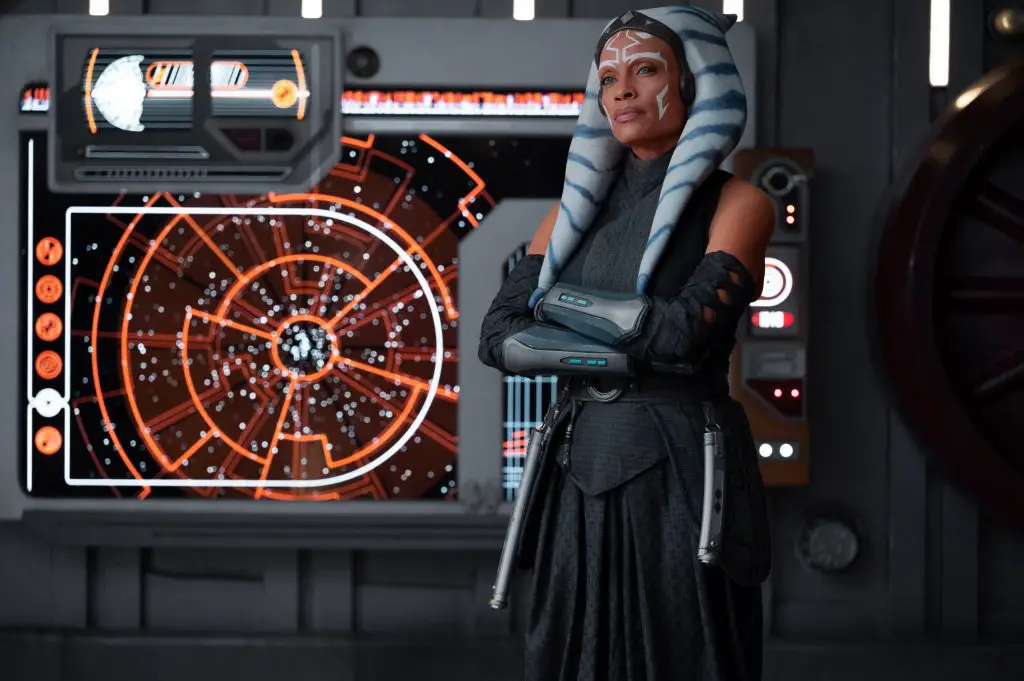A highly anticipated premiere is on the horizon, as Ahsoka gears up to grace Disney+. Fans eagerly await Rosario Dawson’s reprisal of the iconic character, a former Jedi who distanced herself from the Order following their wavering trust in her. While the introduction of a new Star Wars series inevitably sparks excitement, certain pitfalls evident in prior Disney+ Star Wars content should be sidestepped. Dave Filoni’s latest venture has the challenge of navigating these issues, much like The Mandalorian, which despite its early promise in 2019, was somewhat derailed by recent cameos and distractions.
The Pitfall of Unnecessary Cameos
In its debut season, The Mandalorian portrayed Din Djarin’s (Pedro Pascal) evolution from a solitary bounty hunter navigating the galaxy post-Empire, to someone whose entire demeanor shifted upon encountering Grogu, or “Baby Yoda” as many came to fondly call him. This newfound relationship, once the show’s cornerstone, began to be overshadowed.
By the series’ second season, Din’s quest for a Jedi Master to guide Grogu took a backseat as recognizable faces from the Star Wars universe made fleeting appearances. Notable characters like Bo-Katan Kryze (Katee Sackhoff), Luke Skywalker (Mark Hamill), and Ahsoka herself were thrust into the limelight. Rather than being integral to Din’s journey, these appearances felt more like fan service. Ahsoka’s challenge is to evade this overreliance on familiar faces and focus on the emotional depth of its narrative.
The imminent series has ample inherent connections to the Star Wars realm. Overloading it with obscure references could alienate broader audiences. Previously, Disney’s live-action Star Wars offerings struggled to resonate culturally due to an overdependence on nostalgic plotlines and characters instead of welcoming new fans.
Maximizing Episode Value

The Book of Boba Fett’s debut at 2021’s end saw a narrative best suited for a cinematic release elongated over numerous episodes. Rather than delving deep into the psyche of its title character, episodes frequently veered into filler territory, culminating in a finale showdown.
Ahsoka, set for an eight-episode stint, kicks off with a two-episode premiere on August 23, continuing its journey through October. Such a narrative expanse should be meaningfully utilized. If Ahsoka Tano’s mission is to locate Ezra (Eman Esfandi) before Grand Admiral Thrawn (Lars Mikkelsen) resurrects the Empire, it should delve deep into her psyche. There’s no need for a rushed galactic tour culminating in a predictable finale.
The Mandalorian’s recent episodes stumbled upon this very issue, stretching a plot fit for a standalone film across an entire season. Ahsoka has the chance to utilize the television medium’s storytelling potential to its fullest.
The Future Film: A Cautionary Note
It’s undeniable that interconnectivity has been Star Wars’ hallmark, especially post-Disney’s 2012 acquisition. However, current narratives would do well to prioritize character emotional arcs over incessant callbacks to broader plots. Despite the looming presence of Dave Filoni’s announced theatrical Star Wars film, which many speculate will feature key figures from interconnected series, Ahsoka should remain in its present, ensuring viewers invest emotionally.
Reflecting upon The Mandalorian’s trajectory, Filoni and Jon Favreau intricately sowed the narrative seeds for the climactic face-off between Mandalore’s champions and those eager to reinstate the Empire. Perhaps an excessive forward-focus caused The Mandalorian to lose its present-day resonance. Ahsoka’s success, particularly in leading up to Filoni’s film, rests on its ability to emotionally captivate viewers in the now.
Intrigued fans can catch a glimpse of what’s in store by viewing the official Ahsoka trailer, all set to make its grand debut on Disney+ come August 23.


